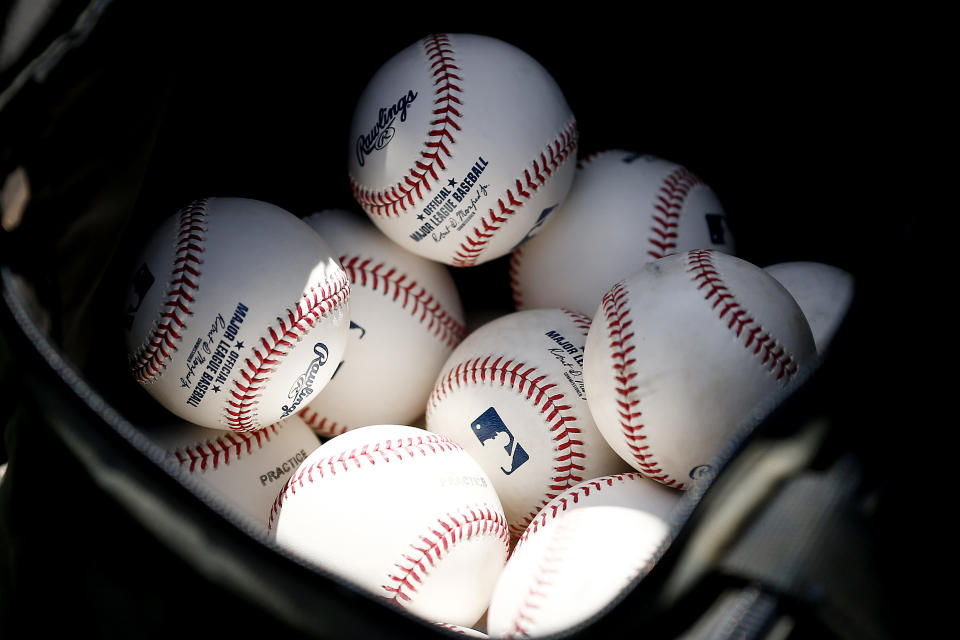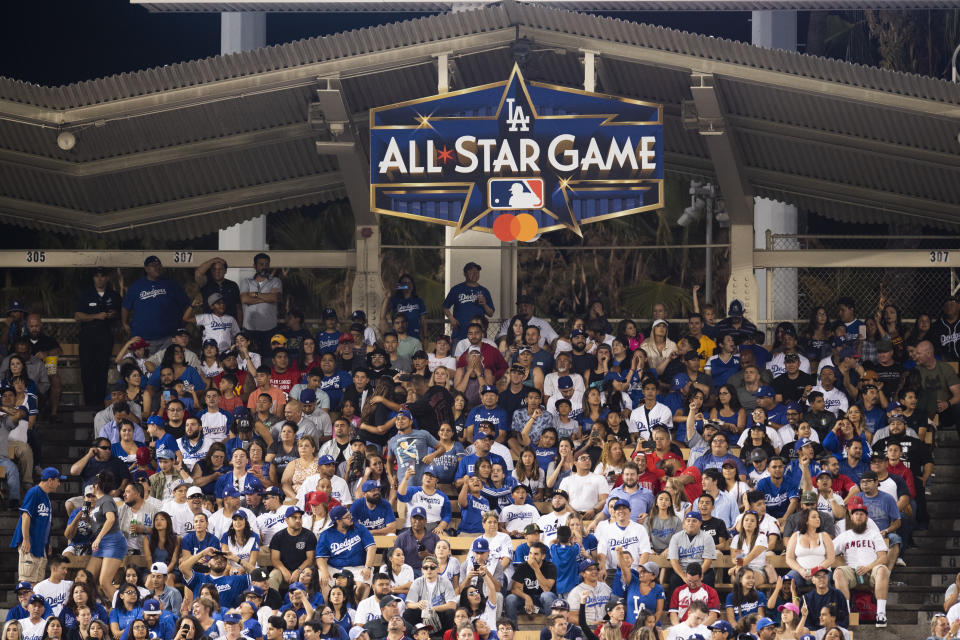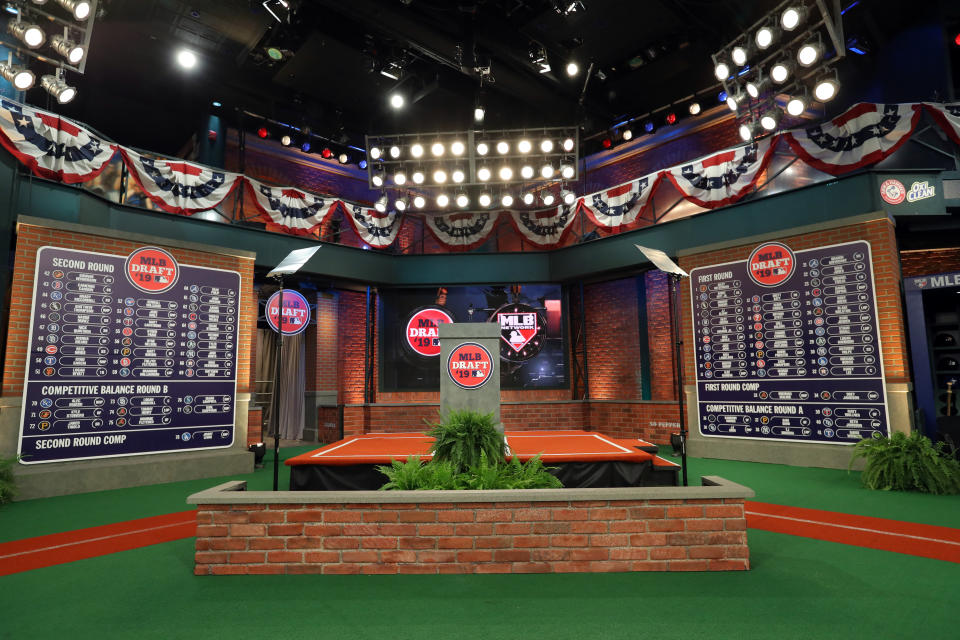FAQ: After coronavirus shutdown, what will baseball look like in 2020?

Major League Baseball is in a state of flux. Having shut down spring training and postponed opening day indefinitely as the world attempts to slow the spread of the novel coronavirus, baseball is reckoning with a barrage of problems and unforeseen questions.
What remains to be seen is how the game would work when (or if) it returns at some point in 2020, likely at least two months after games had originally been slated to start.
We asked around, amid the uncertainty, about some of the big questions looming over the sport. Here’s where things stand now.
What’s the latest date they could play the World Series? And would they consider playing it at a neutral site?
The answer to the first question is held in the answer to the second. MLB could play regular-season games to the end of October in its regular stadiums, then shift a good portion of its postseason to neutral sites in warmer environments or under roofs. Conceivably you could play at those sites as late as December. (The Texas Rangers’ brand new Globe Life Field could be an attractive all-weather option.)
They’re not done with the short-term negotiation of when the season will start, which makes this hard to predict, but everyone seems very determined to get some sort of season in, which will almost certainly necessitate playing past the usual endpoint. Important to remember when we talk about scheduling: There will need to be a 2-4 week period of planning and physical ramping back up — a second spring (or summer) training, as it were.
We could see a version of the recently leaked postseason format, given a shortened season would perhaps allow for further creativity. To refresh your memory, that format would increase the number of playoff teams from 10 to 14. Rather than one-game playoffs, the wild-card round would be a best-of-three. The team with the best record in each league would get a bye into the division series. The other division winners would host the entirety of the wild-card series after choosing their opponents.
Because it would allow more regular-season games, general managers are warming to the idea of a neutral-site World Series. Most view the regular season as a better indicator of team strength.
The league still says it’s committed to playing as many games as possible. What are the most extreme measures we could see to fill the regular season slate?
There’s only so much the league could do here, but it could schedule fewer off days and a handful of doubleheaders if the union agreed to it. Teams traveling from west to east might lose the typical recuperative day off. And, again, it could gain a month on the back end with regular-season games in October.
Everything right now is hypothetical, but if they’re forced to remake the entire schedule — rather than just start from somewhere in the middle — they could look to arrange it geographically.
On the topic of a shortened and very dense regular season, one GM observed, “Looking back in a year, we’re going to see a huge spike in births, divorces and pitcher injuries.” The GM acknowledged that the route forward may involve playing through the All-Star break ...
Is the All-Star Game, scheduled for July in Los Angeles, in jeopardy of being canceled? Or could it be leveraged in a different way?
The fate of the Midsummer Classic will depend in part on how long the coronavirus shutdown lasts — the longer it lasts, the more things that will get canceled. The Hall of Fame induction ceremony could get postponed simply because it still might not be safe to have crowds of that size gather. The Field of Dreams game is also up in the air now.

Fox paid a lot of money to televise the All-Star Game, which will be a consideration and a strong reason to not cancel it outright.
But, if the season were to start in late June or July, it hardly makes sense to pick All-Stars after just a few weeks. And on the scheduling side, skipping what has become a four-day break in the regular season would allow them to fit in as many as 60 games (15 games times four days), even without doubleheaders. Count the All-Star Game among the many aspects of the season that will be determined by when the season can start.
A team official said he sees almost no scenarios in which the All-Star Game is played on the date it is scheduled. One alternative that’s been discussed is setting the All-Star Game for an eventual day between the league championship series and the World Series, a showcase featuring players from all but the two remaining teams.
Will the trade deadline still be the same?
Given the fairly common opinion that the trade deadline is too early in an ordinary season, a Sept. 1 deadline makes too much sense. That said, league officials have yet to make that determination.
After a period in which baseball operations people focused on the baseball part of the pandemic — the details of players and rosters and what the team needed — many have become resigned to the larger implications. Some believe the season could be delayed past the date of the usual July 31 trade deadline.
Will there be any special roster accommodations (allowing teams to carry more pitchers, at least at first, for instance)? And will rule changes we heard about in the offseason still be implemented as planned?
There appears to be no appetite for rolling back rule changes. The notion of a three-batter minimum, for one, helped form bullpens and rosters over the winter. Though, if commissioner Rob Manfred were having second thoughts — few in the game seem to be in favor of it — a chaotic season ahead would provide cover for a change of heart.
Rosters will almost certainly be larger than 26 players — they could start out with as many as 34 — primarily to cover pitchers’ innings after what is likely to be a short ramp up into the season. In time, the rosters would gradually return to 26. Even with a compressed schedule, the necessity for more than another three or four pitchers is unlikely.
Will the MLB draft happen? Or be altered in some way now that scouts are off the road?
There is some thought to canceling the draft or moving it back. If held, it is unlikely to be conducted in Omaha, where it was set to coincide with the College World Series, which was canceled. That college seniors were granted an additional year of eligibility further confuses the process.

Many teams, maybe even most, have a good amount of legwork done on their draft planning. The draft could be held and maybe there’d be some misses, but there always are. If the draft is canceled, the view from inside the game is it will be a measure to mitigate the financial damages done by the pandemic. The owners will, at best, not be making money. At worst, they will be losing money. The draft — bonuses, etc. — is not cheap.
Will this impact the 2021 collective bargaining agreement expiration?
There has been no conversation regarding delaying the expiration date (Dec. 1, 2021) and none is expected. It’s widely understood that players are not happy with the current CBA and any attempt to prolong it would probably turn contentious.
Is it possible there is no 2020 season?
The league office remains optimistic a significant portion of the season will be played. But is the doomsday scenario possible? Yeah. Definitely, unfortunately possible.
There are a number of daunting, as yet unanswered questions: What happens if the season starts and then a player gets the virus in July? Is the whole team quarantined again? Does the season shut down?
From one baseball executive: “Yes, it’s possible. Anyone who answers ‘impossible,’ you should take out of your Rolodex.”
More from Yahoo Sports:

 Yahoo Finance
Yahoo Finance 
